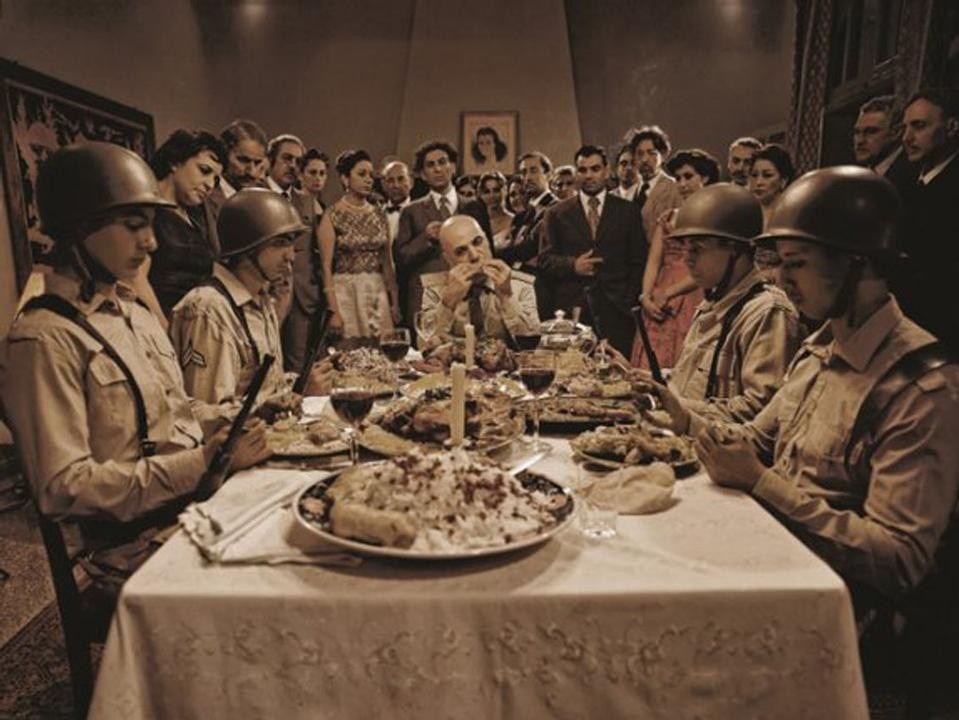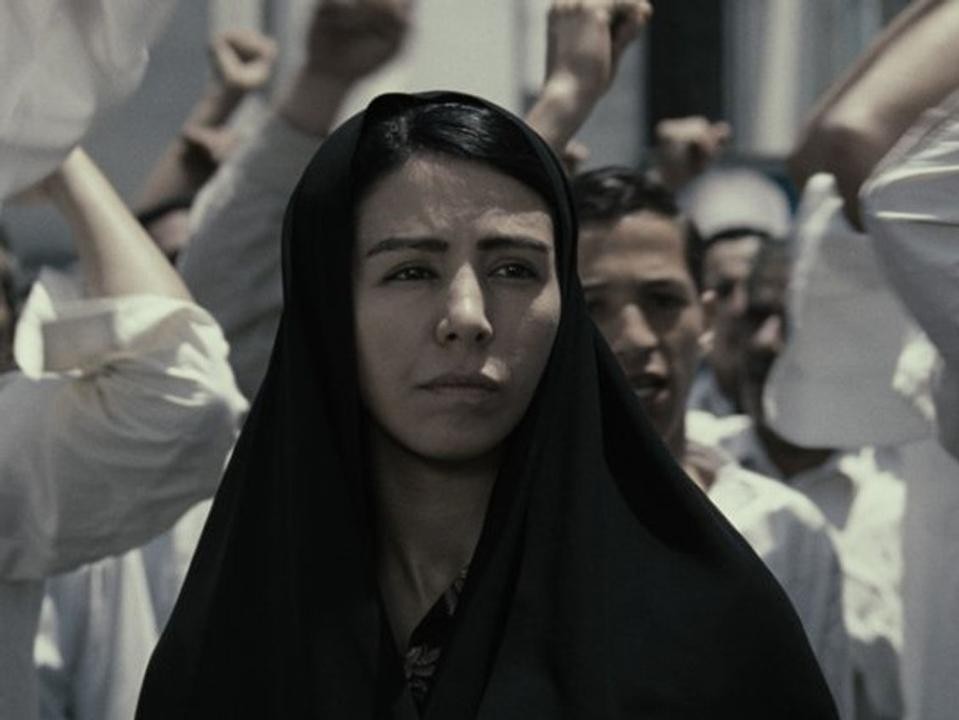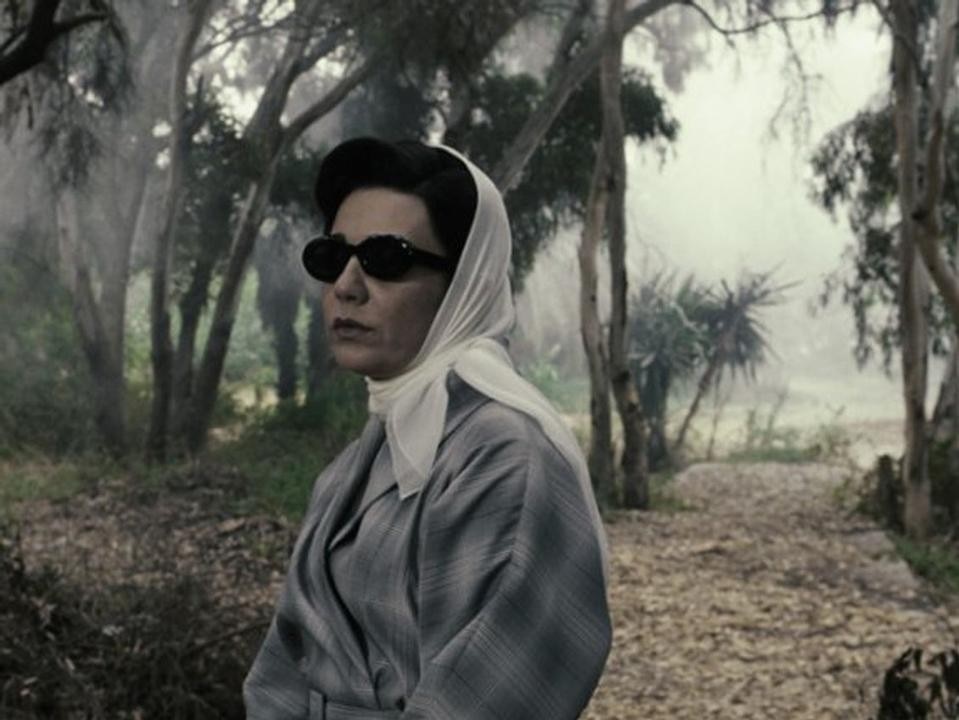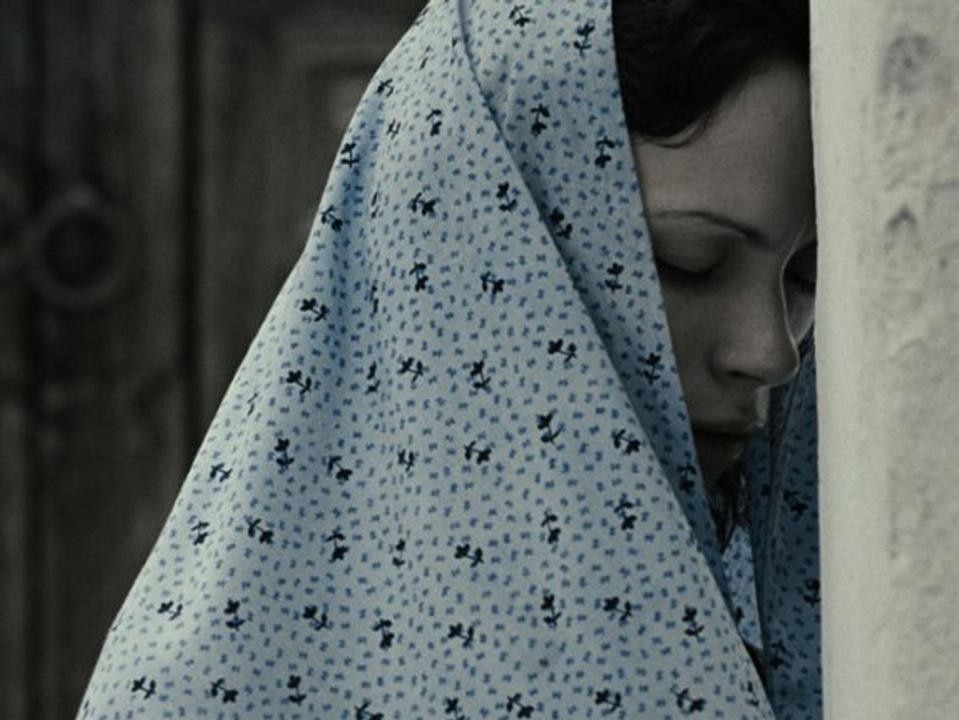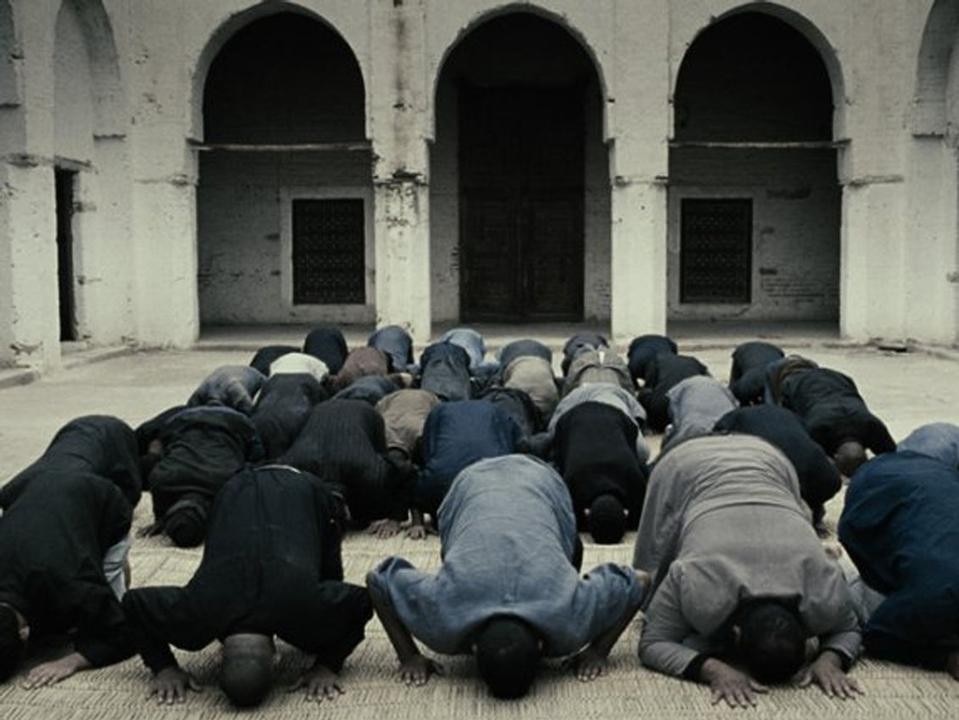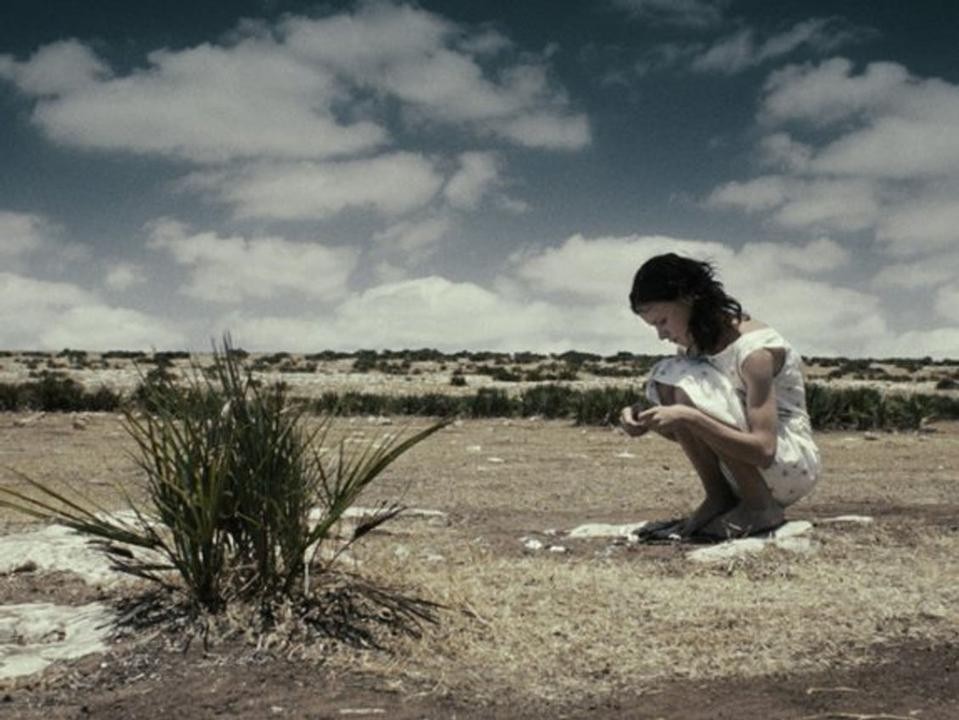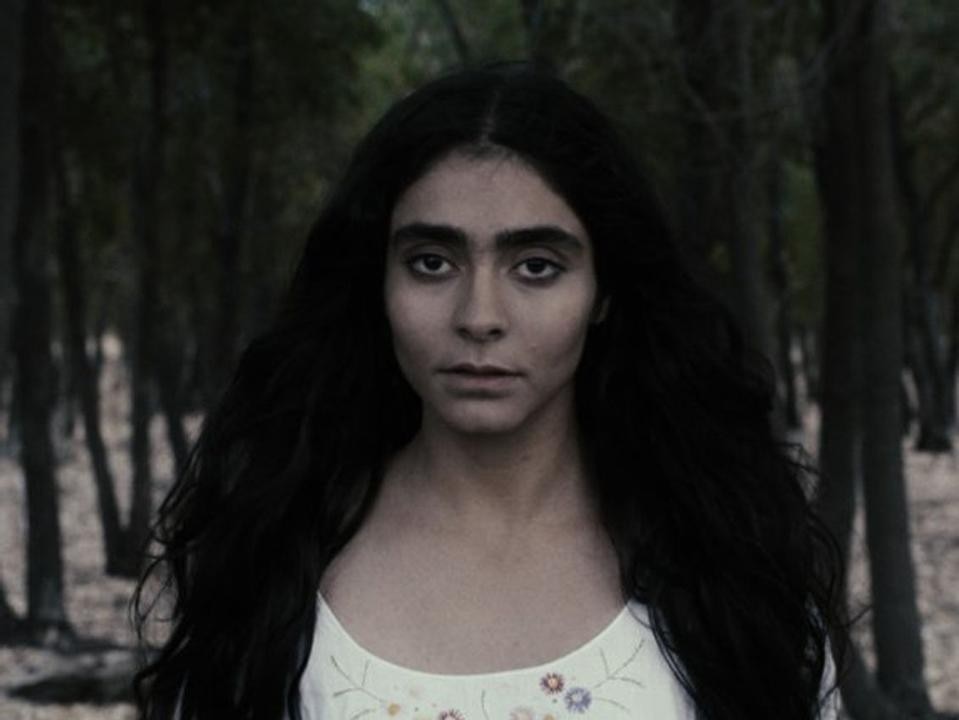When and why did you decide to shift from video to full-length films? Do you think you will continue with films? What does this change mean for someone like you, used to working in the visual art field?
As an artist, I have always had a rather nomadic approach to mediums, as you know I started with photography, then video and now I'm making films. I have always loved the idea of starting all over again, learning a new medium is a way of challenging myself. So this development from still images to moving pictures came naturally to me, and in a way it reflects my personality, which tends to have a strong distaste for repetition and is quite fearless about crossing boundaries. But I also think the more I made videos, the more I grew to like the cinema and the notion of storytelling. I see filmmaking as the most complete form of art – it can incorporate photography, painting, choreography, music, performance, narrative and much more. In terms of the practice of art versus filmmaking, making art is a very solitary experience but films are a more communal process that requires artists to come out of their studios and into the world, to work with a team and to discover new cultures and people they would not otherwise have met. There is also a part of me that is greatly attracted to the film audience, in the sense that I find the cinema generally more democratic and closer to the general public. I have grown somewhat frustrated by the notion of artists making precious commodities that are only to be seen in gallery and museum settings, to be collected by a few individuals and museums and, most importantly, that can mostly be appreciated by a well educated and exclusive art-world audience with a good grasp of the history of art. In that respect, the film culture seems far more grass rooted in that it is accessible to everyone without the need for any previous education on the history of films. I have every intention of continuing in both fields and I do not find it necessary to abandon one form for the other. So at the moment I am working on a series of photographs as well as an idea for my next feature film.
What will your next film be?
It is The Palace of Dreams from the novel by Ismail Kadare.
Videos usually imply active spatial practice for the audience. Your videos, in particular, with their juxtaposed screens and multiple projections were very physical experiences. Does the manner of fruition change in the passage from video to cinema? If yes, how?
You are absolutely right, video installations, particularly as I conceived them in the past, became very spatial and sculptural so the audience had a physical experience with the videos as it became immersed in the image. With the feature film, although it remains very visual, I experiment with a narrative style and, most importantly, I learn to work with "characters" in a way I never explored in my past videos. Generally speaking, if I may distinguish between the languages of art and film, I would say art is more about creating "concepts" and films are about "telling stories". As artists, we cannot presume to simply import our video concepts into films without understanding and respecting the rules of the cinematic language. To make a film that lasts for 90 minutes you need a clear narrative development to captivate the audience in their seats; in galleries and museums, visitors can enter and exit the rooms as they wish.
You seem closely linked to your Iranian origins. Your artworks are always closely connected to the concrete situation in Iran but you have lived in USA for a long time now and you seem to be a citizen of the world. You live in a sort of ubiquitous cultural position. I imagine that this diasporic cultural identity influences your vision...
Indeed, as I feel emotionally, psychologically, culturally and politically divided between East and West, my art also reflects that dichotomy. My obsession with my country, Iran, is due to the personal fact that I have an unresolved relationship with my home. I have lived far from my family and my country without choice and I have felt abandoned in the West without any access to my family ever since I was seventeen years old. Therefore, I harbour some resentment and anger towards the political systems and governments that have determined the course of my life. In a way, my art has become a tool, a way to face up to my personal dilemma yet, as a result of this, I have found myself in a broader dialogue on the social, political and cultural realities of my country and the world at large.
With the current situation in Iran, do you think your artwork could be shown to the public nowadays? Why?
I think absolutely not as long as this government is in place; there is no possibility of the work of an artist such as myself being exhibited.
What kind of engagement should we expect from an artist, in your opinion?
As far as Iranian artists go, oppressive as the current cultural climate in Iran is, they play a great role in their country. Artists, filmmakers, writers, musicians and all people with imagination tend to be the voice of the Iranian people, painstakingly reporting life under the current regime to both Iranians (inside and outside) and to Westerners. Subversive art and artists have therefore become a great threat to the Islamic regime, as the government recognizes their ability to provoke the public and it systematically imposes censorship, harassment and very often arrests.
You have been in Italy for a few weeks and you may have heard about strange things going on here in relation to women such as paparazzi, blackmail in the political milieu and vallettopoli; I sometimes sadly ask myself whether this is a result of regression or of progress (at least women are speaking clearly!). What do you think about that? Do you have any impressions or ideas on the Italian situation?
I must confess I am not very familiar with the plight of Italian women but I have heard how some women have themselves subscribed to the idea of women remaining sexual objects, almost eradicating everything that the Feminist movement achieved for us and this is, indeed, a very troubling regression.
Gabi Scardi's interview with Shirin Neshat took place on 12 March 2010 at the presentation and preview of the film at the Odeon cinema in Florence. The event, coordinated by Silvia Lucchesi, was organised by Lo schermo dell'arte and FST – Mediateca Toscana Film Commission.
